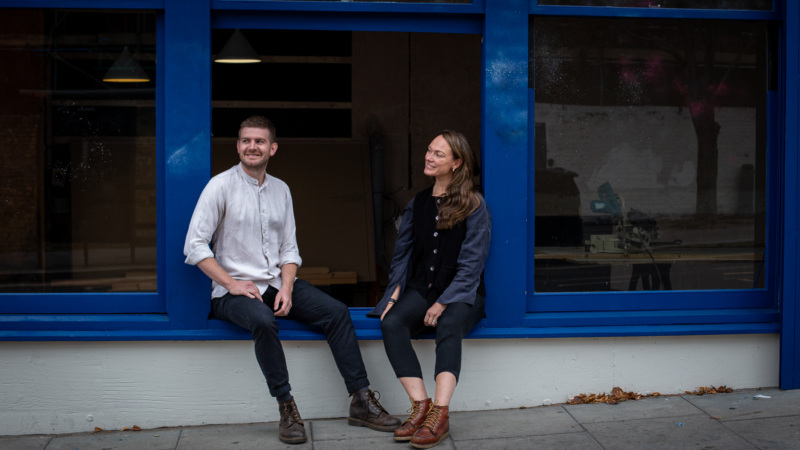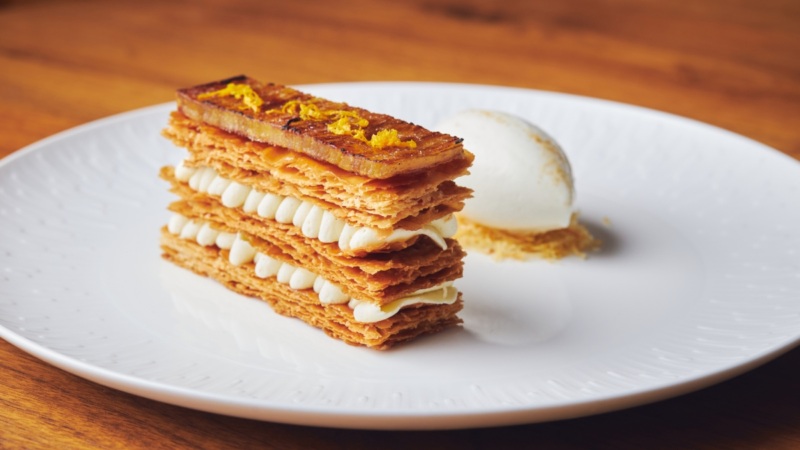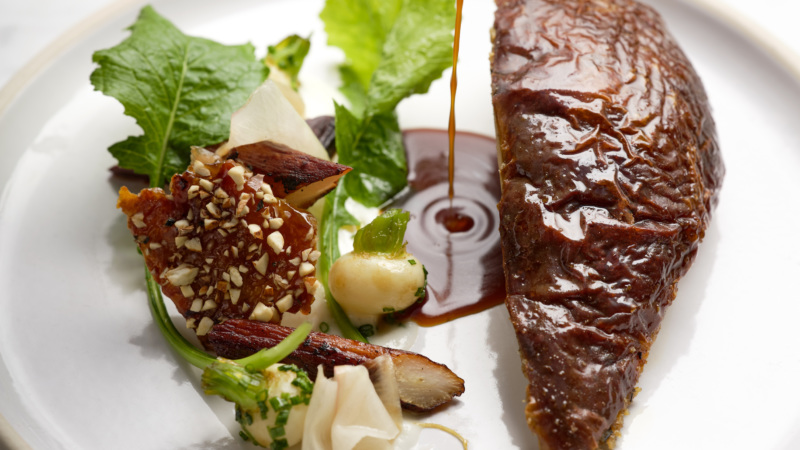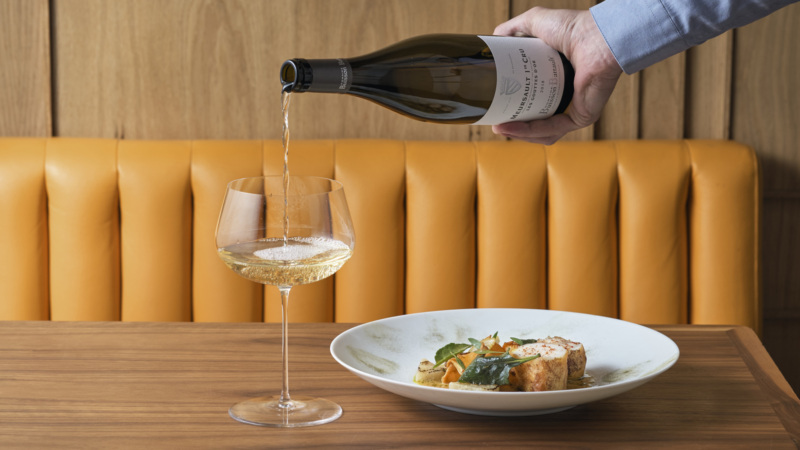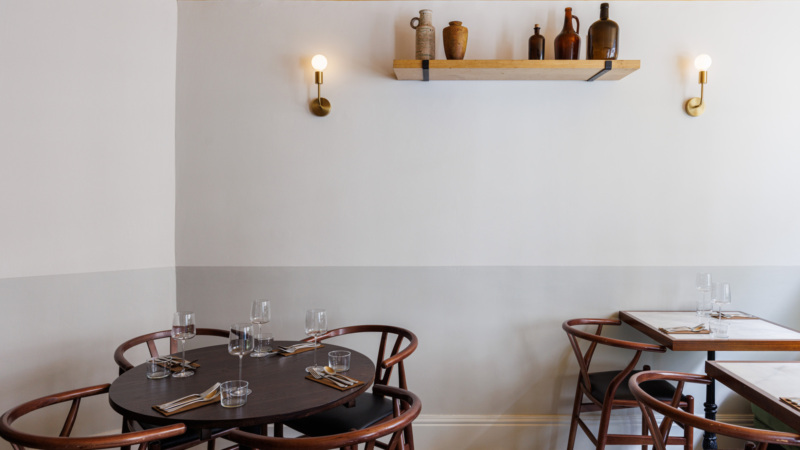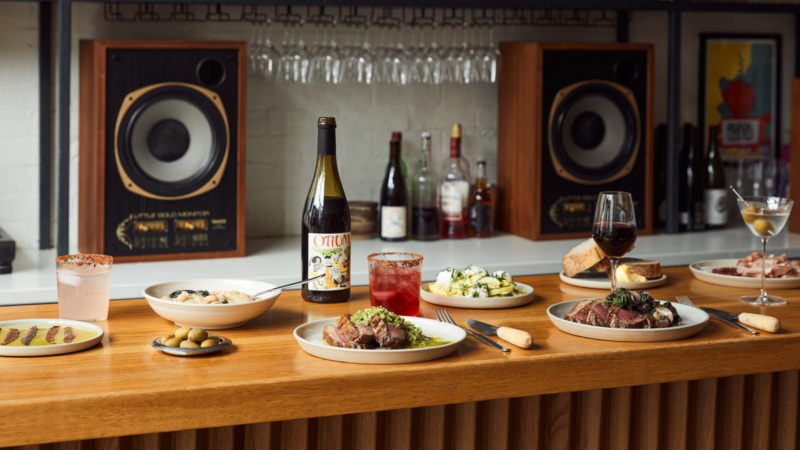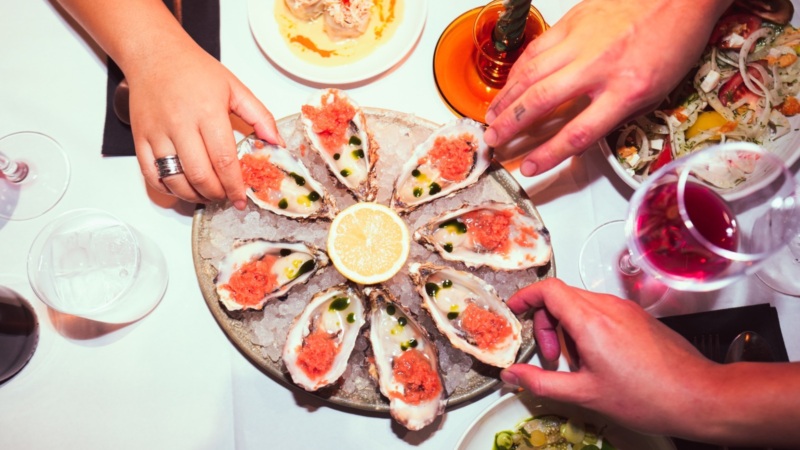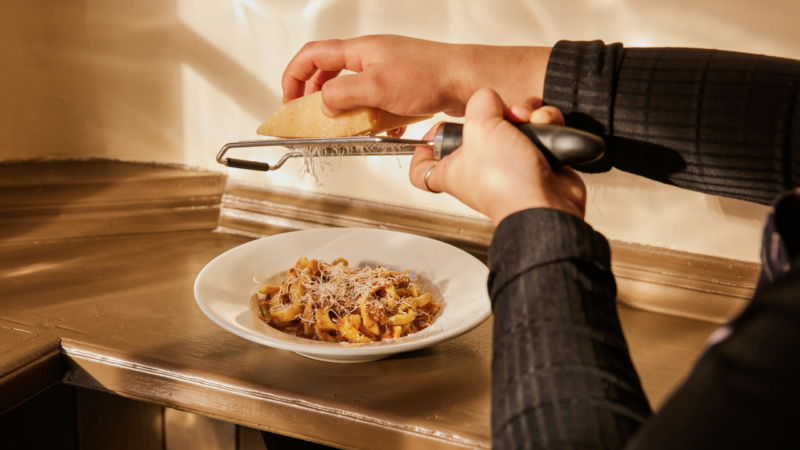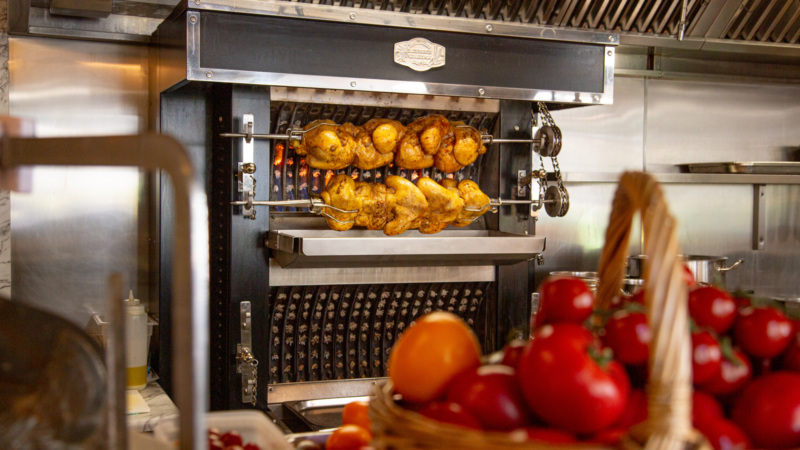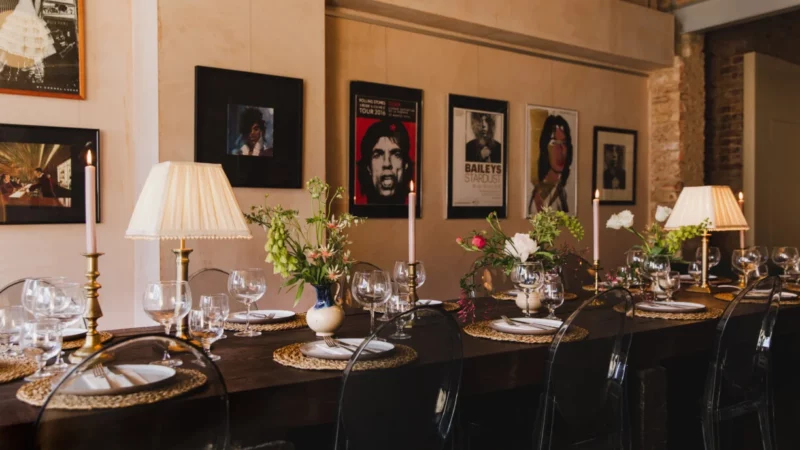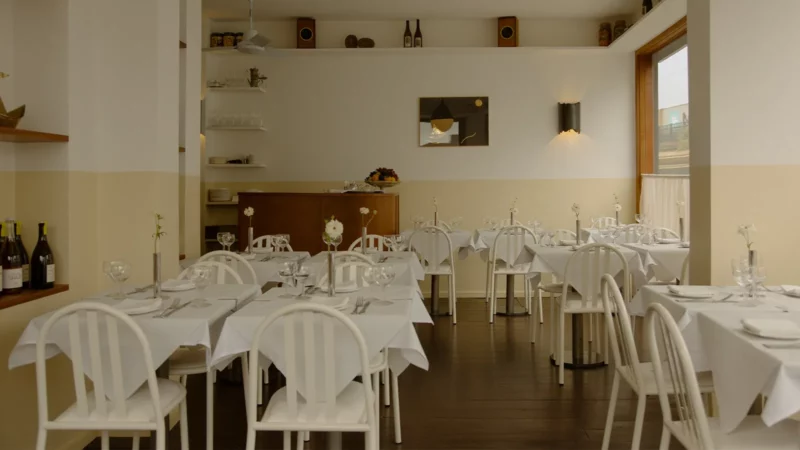
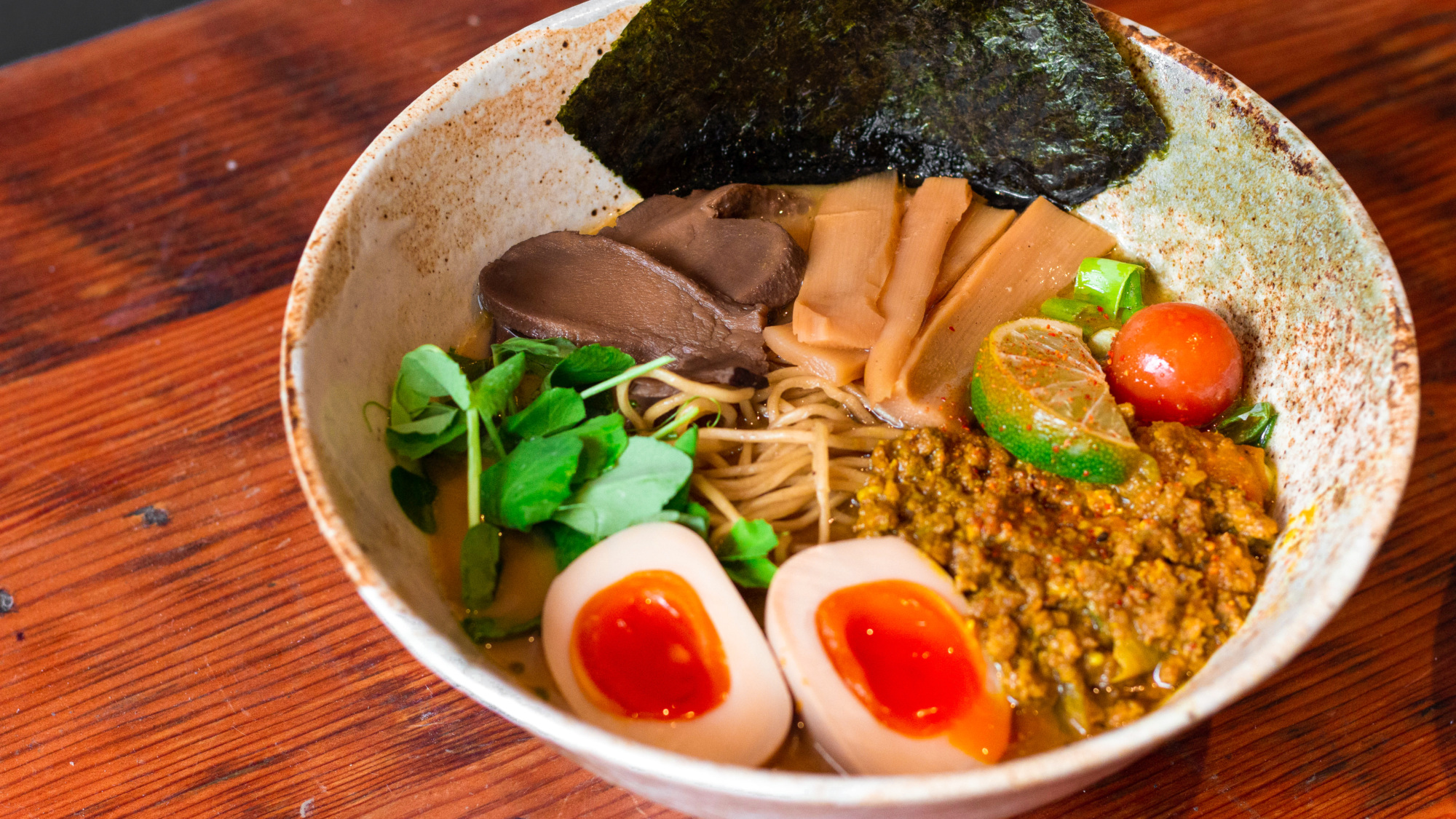
How Ramo Soho Channels Its Owners’ Filipino Heritage Through Ramen, in Five Dishes
“I want to make halal ramen, Filipino flavours but in ramen. Ramen has no rules — so why not?” In April 2018, just before Ramadhan, the restaurateur and my friend Omar Shah floated the idea for what would eventually become Ramo Ramen to me. He was on the verge of taking over the lease at a Chinese restaurant on Kentish Town Road, a few hundred metres from his stronghold of restaurants.
What looked like a move to cement his empire of restaurants in North London was, in fact, Shah’s first try at breaking free and creating something totally his own. Fast forward to 2021, and the first Ramo Ramen in Kentish Town successfully blended the hallmarks of great ramen with references to Shah’s own Filipino heritage; meanwhile, Maginhawa, the group he co-founded with his partner Florence Mae Maglanoc, had successfully launched their first Soho restaurant, Ramo Soho.
His previous restaurants had focussed on key demographics, but this time, he had the chance to create something new from scratch — a daunting task. He’d be drawn to other possibilities too, like roasting his own meats in the duck oven left by the previous tenant, or attempting a Thai restaurant centred on the wok burners.
Shah would continue to bounce his ideas off those surrounding him to come up with the dishes that would become Ramo Ramen. The result was a plethora of dishes and flavour profiles recalling his Filipino and Bangladeshi background. He would endlessly watch videos on YouTube to learn every possible tweak he could to make his ramen better; he knew that it boiled down to tare, broth, noodles, fat, protein & garnish, but within those restrictions, anything was fair game. Ramo was the chance for Shah to put himself out there and he did — and his name is even on the door, in reverse.
“Soho was a new challenge,” Shah says. “I’d always told myself that I wanted a place in Soho by the time I was 40. This is the beating heart of the central London restaurant scene, and now we are part of it.”
There are many ramen restaurants in the area, but most feel safe and staid. However, Ramo Ramen encapsulates the real anything-goes spirit of ramen in Japan — a food for everyone, but also something a creative cook could put their stamp on. Ramo Soho is a unique proposition, with dishes not found anywhere else, executed in an inimitable style memorable long after multiple visits.
Here are a few key dishes from the current menu, at what is one of the most interesting restaurants in London right now.
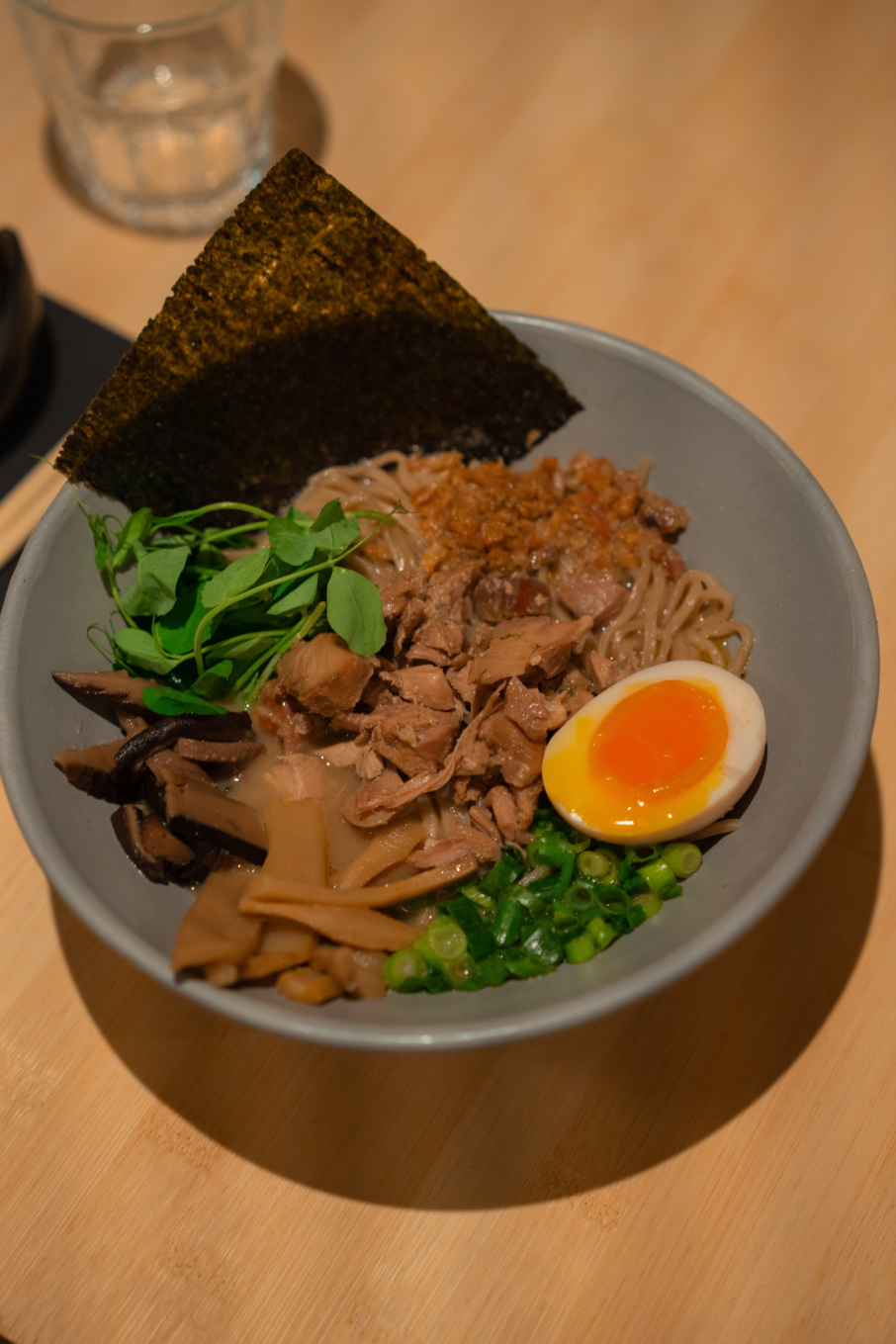
1. Chicken Sopas
Sopas is originally a creamy macaroni soup made with evaporated milk, chicken, and vegetables. It was a Filipino take on cream of chicken soup, which was popular in the USA, and would have been available on U.S. army bases. Shah said that he remembered it being “richer at home than the watery ones [he] saw online.”
In May 2018, Shah and I were deep in testing ramen ideas after we had finished fasting. The first eureka moment came as we tried to bend chicken sopas to our will in the quest to make an alternative to tonkotsu, the pork broth ramen. Using a specific ratio of dairy and chicken fat, we landed on something so deliciously fatty and intense that it was heart-stopping. Ramen heads would travel for this, we thought.
“Over time the dish became simpler and more like the sopas I remember. We’d originally tried to jazz it up a bit, but in the end, less ingredients made it taste more like I wanted it to.” The ramen staple of tare is spiked with pinakurat (coconut vinegar), helping to build an instantly familiar — and universally recognisable — flavour profile.
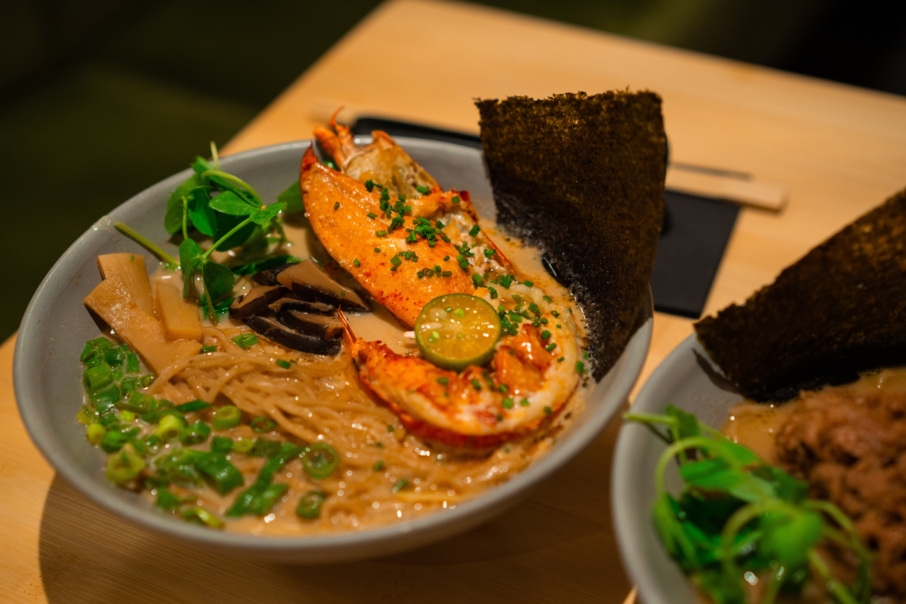
2. Lobster Ginataan
A heady seafood-rich broth fortified with coconut milk and brown crab, the Ramo Ginataan isn’t traditional, but does use Japanese-style precision to make a mellow broth to satisfy the palate. “You want to impress people, and so you do things you don’t have to do to make the dish look nice and wow people,” he says. “We put grilled lobster front and centre. It’s nice how it is — customers appreciate it more,” Shah says of the development process that started with a take on lobster thermidor.
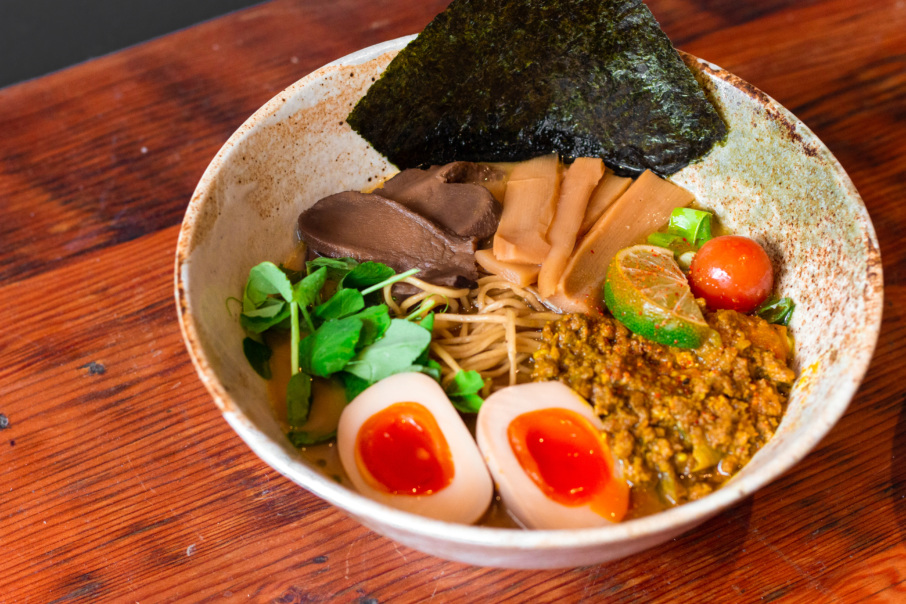
3. Lamb Tantanmen
Being half Bangladeshi, Shah wanted a dish dedicated to the other half of his heritage. Lamb keema is a staple throughout the subcontinent wherever meat is consumed.
“My dadi (grandmother) loved to cook. She would have always three or four meat dishes, with keema always being there. To honour those meals, I needed to have a dish that incorporated keema and ghee especially.”
For the tantanmen, a ramen variation based on dan dan noodles, Shah took the major element — the spice-laden minced meat — and flipped it into a ghee and cumin-rich lamb keema. Using a lamb broth — a rarity in ramen — coupled with a slice of zara/shatkhora, a citrus prized in Bangladesh, gave the dish a grounding in a place he hadn’t visited since his teens, but one that lives within him.
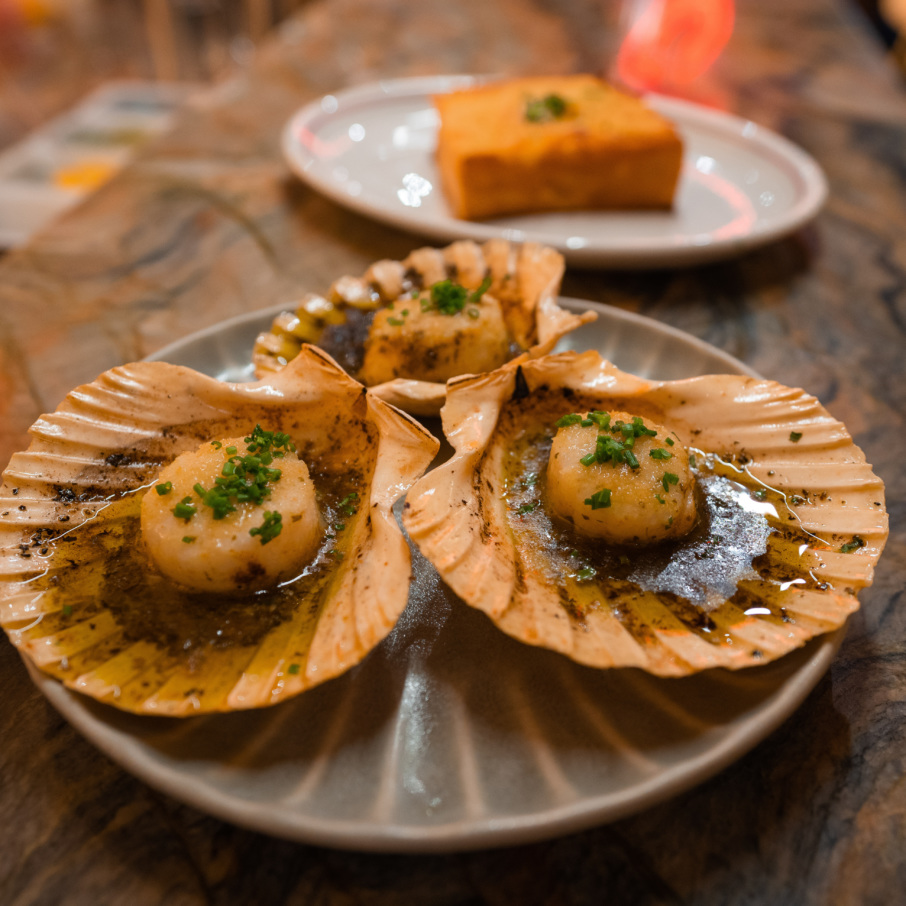
4. Bagoong Butter Scallop + Garlic Pandesal
Shah’s love for the steakhouse remains an inspiration for many new dishes. Grilled scallops in garlic butter is a classic dish; here, the use of the salty fermented fish condiment Bagoóng combined with sharp calamansi (a hybrid citrus cultivated in the Philippines) and butter to grill the scallop is a flavour to remember, with toasted garlic butter pandesal (Filipino milk bread) to mop up the sauce. “They are two starters that people order separately, but they go so well together that you can’t help but dunk the bread in the scallop dressing.”
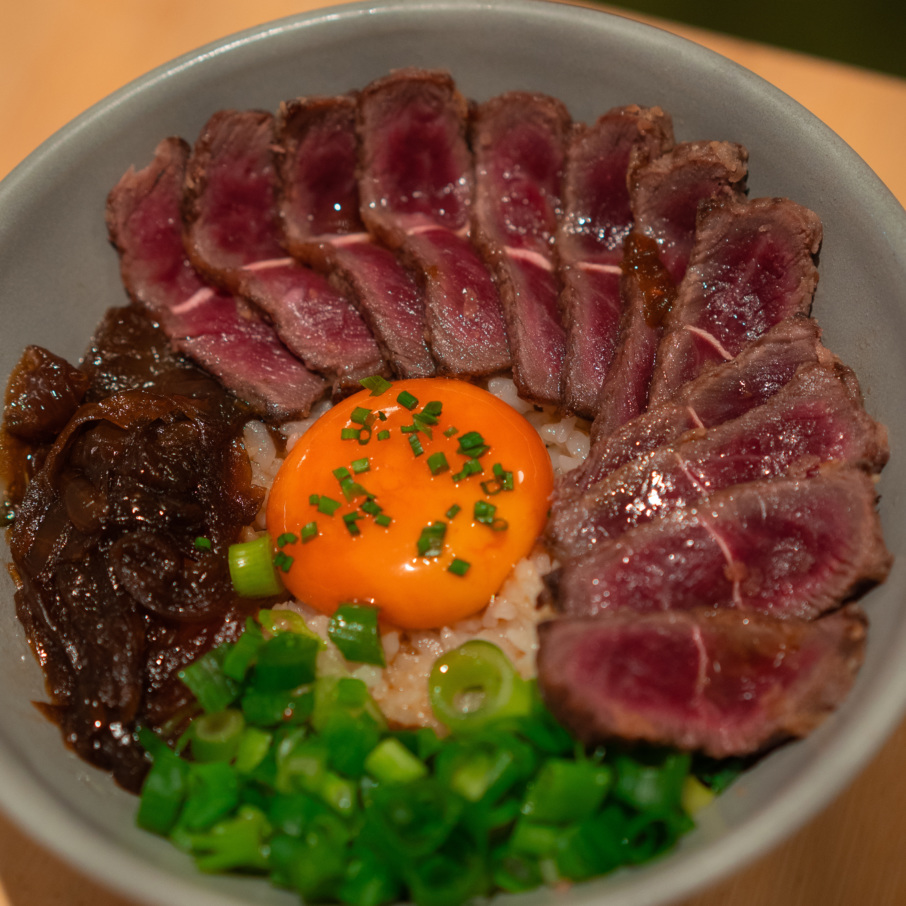
5. Wagyu Bistek Donburi
Rice is an essential for Filipinos – as for many nations, no meal is complete without it. No menu is complete without it, either. Here, Shah takes the classic Tagalog dish of bistek (thinly sliced marinated beef served with onions, gravy, and rice), and adds wagyu and cured egg yolk to up the luxury quotient, all while maintaining the original’s familiar flavours — who would say no to a plate of meat, rice, and gravy?
The biggest debate, one that still rages on, is the correct amount of rice: “I think we finally have the amount of rice to sauce right,” he says. “We don’t use spoons or cups to portion the rice — we had to angle grind the handle off a ladle as it was the closest to a coconut shell, like we’d use back in my day.”
Feroz Gajia is a London-based food writer and chef, and the owner of Bake Street on Evering Road.

- The Resy Guide to The Best Restaurants in Soho
- Everything You Need to Know About Mr Ji, Now Open in Soho
- Caribbean Cuisine Is Worthy of Respect as Any In The World. Why Won’t Britain Acknowledge That?
- The Resy Guide to London’s Chinese Restaurants, By Those Who Know Them Best
- In Dalston, Mangal 2 Is a Classic Institution That Answers to No One

